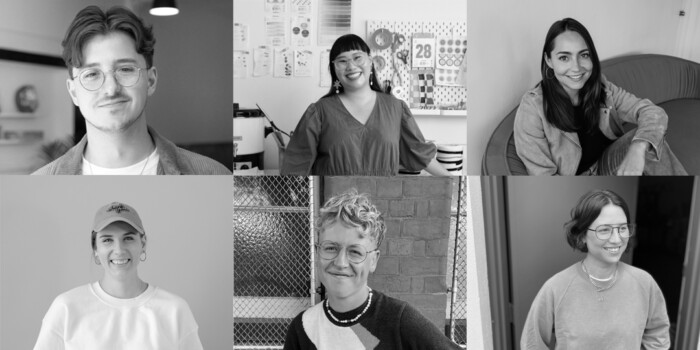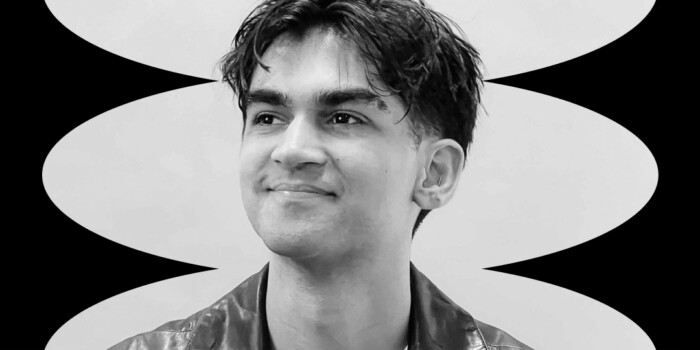Meet Greg Morrison, Shillington New York Graduate
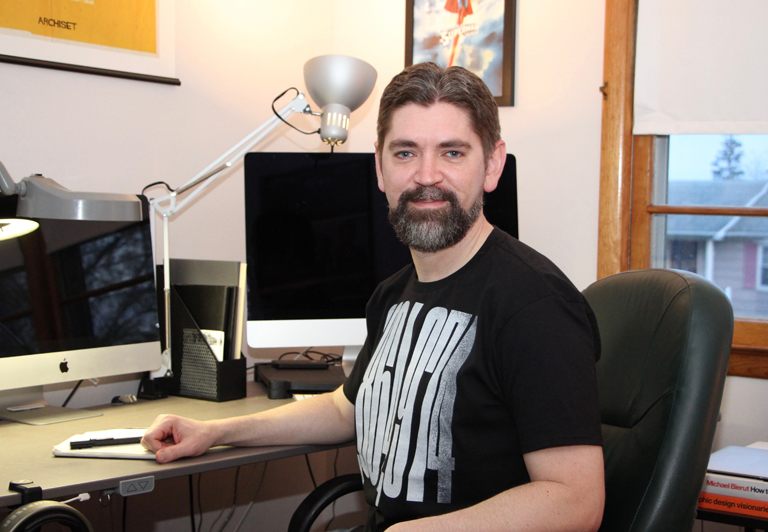
Meet Greg Morrison, he studied at Shillington New York on the part-time course and soon after graduating landed an internship at Harper’s Magazine and then followed on to international design agency, Pentagram. With no previous design experience to his name and balancing the course alongside other commitments we wanted to find out more about Greg’s experience of Shillington and life as a designer since.
Read on to learn what Greg loves most about being a designer, projects he’s worked on in industry and why he chose Shillington over a design school with a bigger name.
Why Shillington? What made our design course stand out from the rest?
I had already completed a Bachelor’s Degree, but not in a design-related field, so I wasn’t prepared for a Graphic Design Master’s program. I needed something that was in between an undergrad and a grad school program, and Shillington fit the bill. What distinguished Shillington was the quality of the work produced by their students. I was so impressed by the work I saw, and I knew it was the kind of work I wanted to be able to do.
What have you been up to since graduation? How has your life changed after Shillington?
One of my portfolio pieces included a very timely editorial illustration, so I went looking for publications that might be interested in it. That led me to Harper’s Magazine, where I did an internship with their art department.
I went directly from there to an internship with Pentagram, which I’m currently in the midst of.
Before Shillington I was a bit adrift, trying to figure out what I wanted to pursue. Shillington gave me the focus I needed to pursue graphic design, and now I’m doing it full-time (and then some)!
 What do you love about being a designer?
What do you love about being a designer?
I love the process of translating abstract, intangible ideas into visible (and sometimes tangible) designs, and those moments when you’re able to draw meaning or wit from a combination of letters and symbols is what makes me excited to be a designer. I also love knowing that good design brings order and beauty into an often chaotic and messy world.
Could you tell us about a recent professional project?
My internship with Harper’s focused mostly on art rather than design, but my design education at Shillington opened the door for me to work on designing the cover flap for an issue of the magazine. The cover story was one that really resonated with me, so I loved having the opportunity to translate it into graphics.
Seeing my design on newsstands all over the country was really thrilling.
What were you up to before Shillington? Why did you take the plunge and enroll?
I had known for a while that I wanted to try my hand at design, so I was trying to make a go of it on a freelance basis, taking jobs through connections with friends and family. Those experiences helped me learn a lot, but I knew I needed some formal training to take things to the next level and really do design full-time. When I figured out that I could make Shillington work with my routine and family commitments by taking the part-time course, I was ready to (en)roll.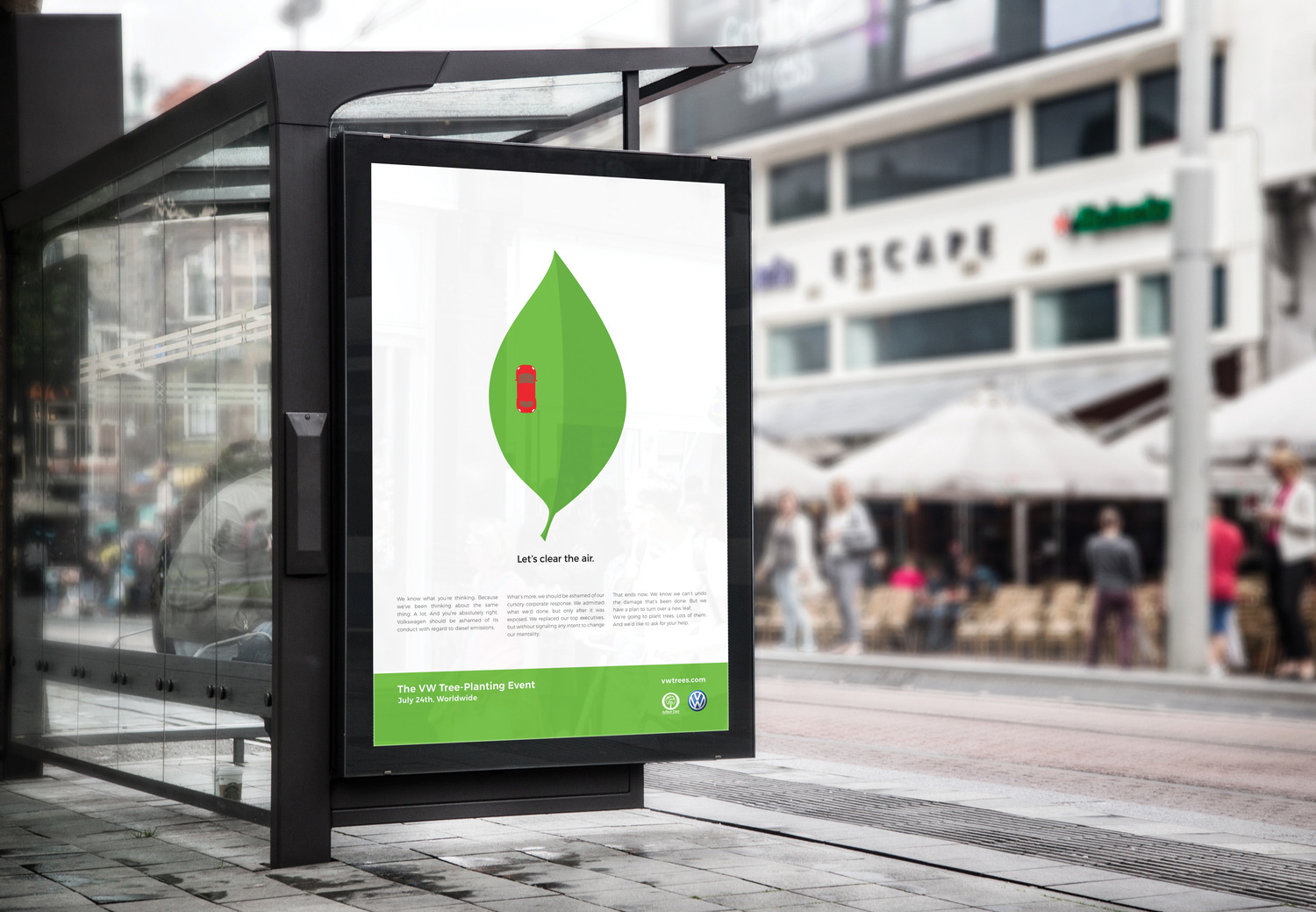
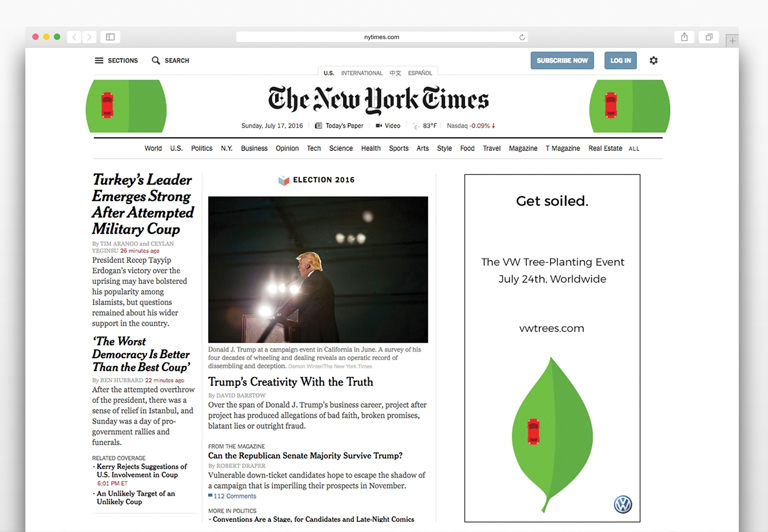
Did you have any previous design experience? How did the course build your skill set?
My only experience was what I had been able to teach myself, by playing around with the Adobe programs and watching YouTube videos. So I wasn’t a complete novice when I started at Shillington, but pretty close. The course basically created my skill set, building it piece by piece through the various briefs and projects.
What was your biggest challenge during the course? Why?
Well, portfolio time was a huge challenge, of course! It seemed like such an overwhelming task, I really didn’t think it would be possible to get everything done. But I was amazed at how everything clicked into place, and suddenly I was using all the skills I had learned, combining them and moving back and forth among the applications.
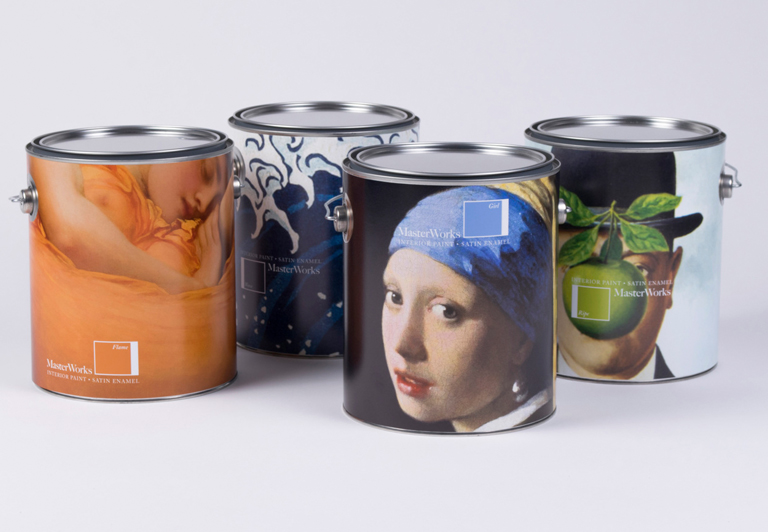 Did you make any meaningful connections with teachers or fellow students during the course?
Did you make any meaningful connections with teachers or fellow students during the course?
Definitely. When you’re in such an intense short-term experience, bonds usually form pretty quickly — especially when you’re with a small group of people who are all taking a kind of leap of faith. Our class became close-knit pretty quickly, and everyone was really friendly and helpful to one another. As for connections, I ended up at Pentagram through a connection one of my teachers had there, so Shillington is definitely a great place to start networking—especially since all the teachers are also working in the industry, out there hustling and basically doing exactly what you’ll be doing after graduation. They have a wealth of insight about how to navigate that whole world, and I found them very willing to share their experiences.
Where do you see yourself in 12 months time?
At this point, I’d love to be working full time at an agency like Pentagram, where there’s such a variety of projects, and they’re all so challenging and rewarding. I may try to go full time freelance at somepoint, but I think putting in a few years at an agency will really give me a more solid foundation and breadth of experience.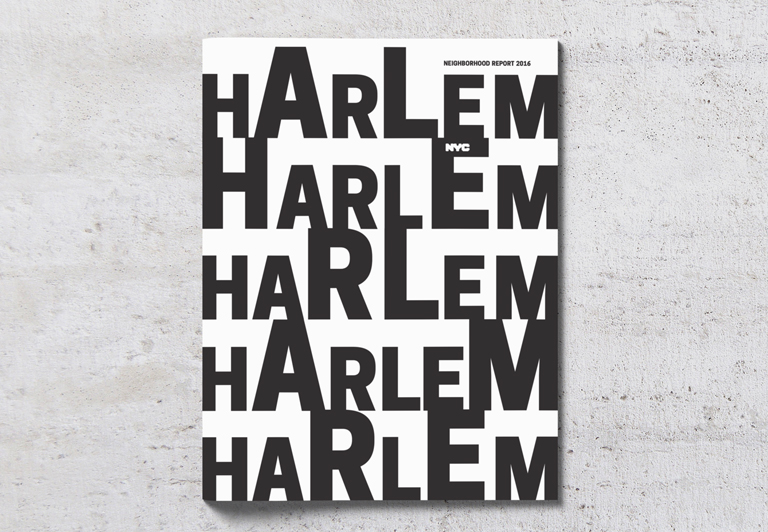

What would you say to someone who is skeptical about the Shillington course?
I was, too. It was really hard for me to believe that they could take people with little to no experience and get them to the point of producing professional work in such a short amount of time. But I saw it happen, both for myself and for others in my class. I was also really unsure about whether or not I should choose a school with more name recognition, like the School of Visual Arts. I didn’t know how much it mattered to prospective employers where you went to school, or if it was just about the quality of your work.
My experience has been that the portfolio really is what matters, and the Shillington course does a great job of helping you create the kind of work that studios are looking for.
If you could give one piece of advice to someone starting at Shillington, what would it be?
Trust the system. These designers have really honed the curriculum, and there really is a logic to how the course is laid out. If you give each brief 100% (and make sure your work is done in time for the critiques!), you will learn what you need to know. That being said, don’t be afraid to engage and ask questions about why you’re doing things a certain way. Each teacher will have a different perspective and experience, so take advantage of that knowledge and make it your own.
Big thanks to Greg for sharing his story with us. Head to Greg’s website to see his full portfolio and receive regular updates on Twitter.
If reading Greg’s story has left you feeling inspired then come along to one of our Info Sessions where you can learn more about Shillington! Our next intake date is September and we have campuses in New York, London, Manchester, Sydney, Melbourne and Brisbane.
Want to win some amazing prizes and stay in the loop with all things Shillington? Sign up to our newsletter to automatically go in the draw.
